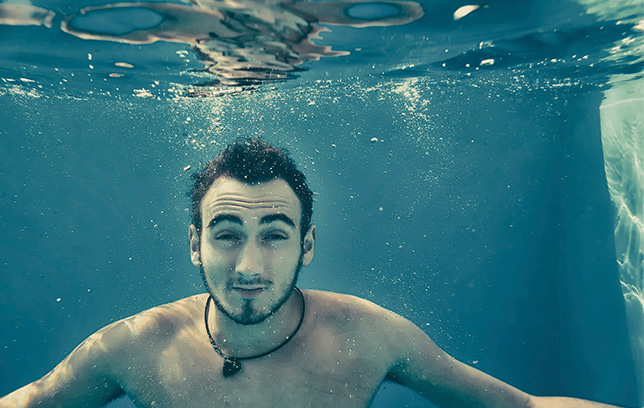Talk about an annoying seatmate: New research from Auburn University reveals that nasty bacteria can hang around on airplanes for days .
In the study, scientists wanted to see how long two common types of bacteria—methicillin-resistant Staphylococcus aureus (MRSA) and E. coli O157:H7—could survive in airplane-like conditions. So they replicated the inside of a plane (20 percent humidity) and exposed common items like armrests, tray tables, toilet handles, and cloth seat pockets to the bacteria. E. Coli lasted up to 96 planes on an armrest, and MRSA lived up to 168 hours (1 week!) on the seat pocket.
Unsurprisingly, large commercial airplanes aren’t cleaned after every flight, says aviation specialist Mark Gendreau, M.D.
Study author James Barbaree, Ph.D., says he hopes his research encourages airlines to take greater cleaning precautions in the future. But until then, guard against catching disgusting germs—or worse, deadly diseases—with these air-travel sanitation solutions.
Drink Up…
Before you fly, down some water, says Gendreau. Planes have low-humidity levels—where bacteria thrive—and when you’re body’s dried up, your mucous membranes that typically fight off foreign germs are dry, too. That leaves your immune system compromised, which is also already weaker when you’re traveling due to stress, lack of sleep, and a busy schedule. So drink about 6 ounces of water per 90 minutes that you’re in flight, Gendreau advises.
…But Avoid the Bathroom Water
The H2O on airplanes was bad enough to force the Enviromental Protection Agency (EPA) to address the issue. The organization is still involved in mitigation and remediation, says Gendreau. Experts aren’t sure why the EPA found dangerous bacteria (coliform bacteria associated with feces) in the stored water on airplanes, but it’s possible that the storage compartment isn’t regularly cleaned, he says. So after going to the restroom, wash your hands in the sink with soap. Then scrub your hands with just sanitizer. Don’t use the sink water to drink, brush your teeth, or even wash your face. If you ask for drinking water from a flight attendant, he or she will supply you with clean, bottled H2O brought aboard separately from the big tank, says Gendreau.
Be Your Own One-Man Cleaning Crew
Since you can’t always rely on a clean cabin, “when you travel on airplanes, you have to put infection control in your own hands,” says Gendreau. Use disinfecting wipes, or a tissue with a few drops of hand sanitizer, to wipe down the seat, armrests, tray tables, seat-back pockets, and anything else you’re going to be touching, he suggests. Before eating or touching your face, slather your hands with sanitizer.
Blow Away Bacteria
That ventillation system above your head doesn’t just keep you cool—it can also shield against airborne germs. Airplane vents mix 50 percent of the air inside with the other half of air outside, says Gendreau. Cabin air is warmed, filtered through HEPA filters, and is usually cleaner than the air piped into your office building, he says. So use this fan as a defense against germs. Aim the vent down so air is flowing directly in front of your face. Turn it to a low-medium level so you can feel fresh air hitting your lap. You’ll be creating a shield of purified air that will push away any illness-causing intruders flying toward you.


















